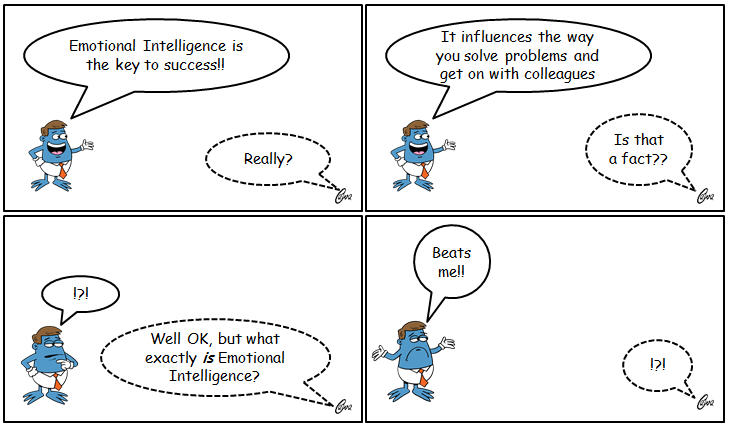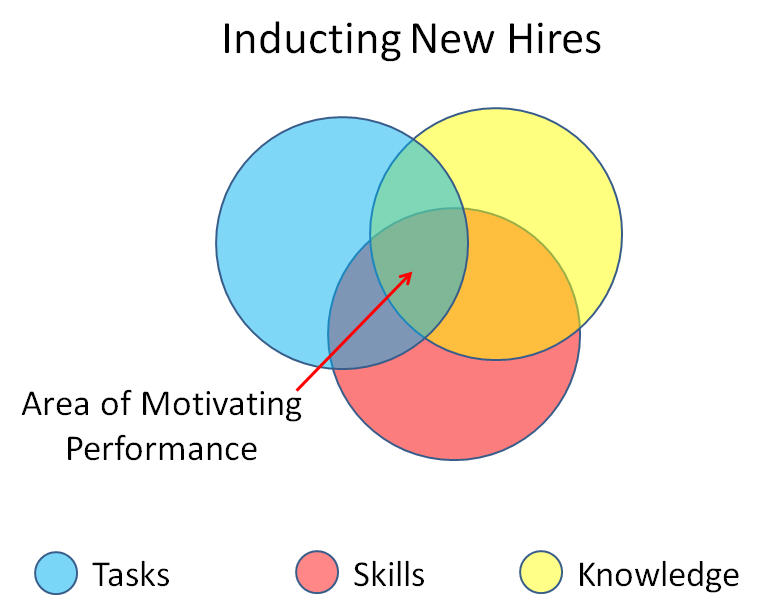
Ask any manager what their most important resource is and they will almost always tell you it is their employees. Ask if the motivations of their employees are of vital importance and they will respond enthusiastically in the affirmative. Yet, those same managers are typically unable to respond when asked to describe what motivates each of their subordinates, even those they know well.
This lack of effective focus on motivational issues is pervasive. Organizations typically talk about the need for their employees to be well motivated but by far the majority makes no real effort to measure and understand employee motivational priorities.
This lack of understanding is reflected in the way in which mangers handle their direct reports. Through the analysis of data generated during the deployment of both the Performance Profile and the Talent Chaser Performance Appraisal and Task Action Planning Module, it is clear that this lack of understanding adversely impacts their capacity to hold employees accountable.
It is also clear that when managers use the motivational data generated when their employees complete the Performance Profile Questionnaire, they become much more knowledgeable regarding the motivational priorities of each team member and learn how to hold their direct reports accountable while at the same time retaining employee motivation. By understanding each employee’s motivational priorities, it is possible for any manager to make significant improvements to their style of leadership.
 One area where this lack of managerial capacity is apparent is to be found in the haphazard way in which new hires are inducted into the organization.
One area where this lack of managerial capacity is apparent is to be found in the haphazard way in which new hires are inducted into the organization.
Data collected through the deployment of Talent Chaser shows clearly that failure to induct new hires properly is directly linked to talent retention issues in many organizations.
In reality, most new hires, regardless of qualifications and experience, will lack a proper understanding of the precise methodologies necessary for success working within their new employer’s organization. Additionally, they will not yet have developed the intra-organizational relationships that will be necessary for effective performance in their new job.
The Area of Motivating Performance
For the induction period to be successful, it is necessary that each new hire remain within their Area of Motivating Performance. As is shown in the picture above, this is the place where the skills and knowledge required for effective completion of tasks overlap the new hire’s current skills and knowledge. By careful delegation of authority and responsibility, it is possible to keep each new hire’s activities within this area and in doing so, create a working environment within which the new hire will remain well motivated. As the individual gains an understanding of client-specific processes, so their Area of Motivating Performance within the organization will grow larger and it will become possible to increase the delegation of authority and responsibility to them.
The concept of an Area of Motivating Performance not only draws attention to the relationship between delegation and employee motivations but also reveals that the true value of training programs is to be found in the fact that they increase areas of activity where employees can perform well and remain well motivated.
Task Action Planning
Whenever any new hire is appointed, the very first thing that needs to be done is to put in place a carefully designed process that will gradually increase the delegation of authority and responsibility in line with necessary improvements in their job-related skills and knowledge.
This can readily be achieved through regular task action planning integrated into performance appraisal sessions.
The main thing to remember when doing this is that it is vital to retain the new hire’s self-confidence while they find their feet.
Keep in mind that while some employees are naturally persistent and capable of sustaining effort in the face of even the greatest of difficulties, they are the exception rather than the rule.
Through the deployment of our evidence-based recruitment technology, we have been able to ascertain that some jobs place demands on an employee’s levels of persistence whereas in others, motivational levels are more important.
It turns out that the more a job involves problem solving the more the employee’s levels of motivation will impact their capacity to achieve high performance ratings. What this tells us is that the induction of employees into more senior jobs is particularly critical. Unfortunately, analysis of the data collected through the deployment of Talent Chaser, indicates that within most organizations, induction procedures at the top of the organization are much less well thought through. Given the impact on the potential of senior executives, this is an area much in need of greater attention.
You must be logged in to post a comment.